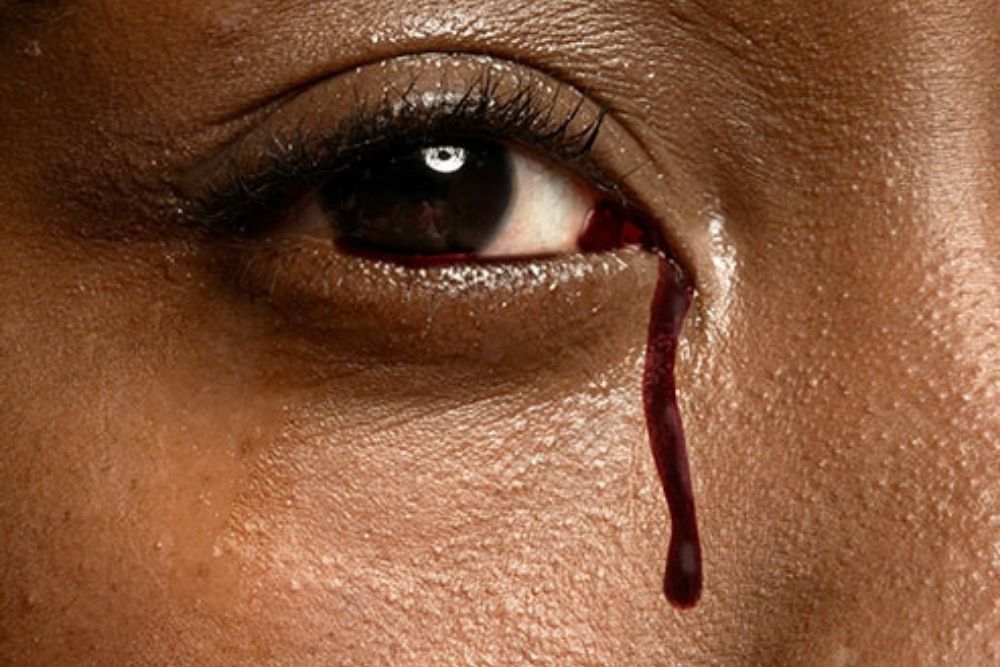
#Double pupil eye condition skin


The pupil on the injured iris is often larger than the normal side. Trauma to the eye can damage the iris tissue and the iris muscle so that it does not work well.What are some causes of an abnormally large (dilated or mydriatic) pupil? On the other hand, if the difference in pupil size is larger in bright light, then the larger pupil may be the abnormal one because it is not getting smaller (or constricting) like it should. If the difference in size between the pupils is larger in the dark, then the smaller pupil may not be reacting well and could be the abnormal one. One of the most important parts of the exam for anisocoria is figuring out which pupil is not normal. How Does the Doctor Know if the Big Pupil is ‘Too Big’ or the Small Pupil is ‘Too Small’? Based on the exam, the ophthalmologist may do extra tests with eyedrops, blood work or CT scan/MRI. The ophthalmologist will look at the size of the pupils and how they react to bright and dim light. A complete eye exam is performed by an ophthalmologist to check vision, eyelid position, how the eyes move, and the health of the front and back of the eyes (among other things). How does the doctor determine whether anisocoria is due to an underlying medical problem?Ĭertain signs, such as when the anisocoria was first noted, whether it is more noticeable in bright or dim light, and whether there was an event that happened in the past that could have caused it, will help the ophthalmologist understand the cause. For example if there is a one millimeter difference in the size of the pupils in bright light, there will be a one millimeter difference in size in dim light as well. In physiologic anisocoria, the difference in pupil size does not usually change under bright or dim light. Typically, with physiologic anisocoria, the difference in pupil size between the two eyes is small, about one millimeter or less. Anisocoria that is NOT caused by a medical problem is called physiologic anisocoria. The amount of anisocoria can be different from day-to-day and can even switch eyes. Up to 30% of people have anisocoria and it is normal for them. Anisocoria can be normal (physiologic), or it can be a sign of a medical problem. The term anisocoria means that the pupils are not the same size at the same time. Normally pupils are in the same size, with both eyes dilating or constricting together. Is it normal to have pupils of different sizes? In the center, the dark spot is a hole in the iris called the pupil. 1: The iris is the colored part of the eye. When in a dark room the pupil usually gets bigger (or dilates) to allow more light to enter the eye.

When in a bright room or in sunlight, the pupil usually gets smaller (or constricts). The size of the pupil depends on how much the iris muscle is constricted (tightened). The empty hole in the middle, which allows light to enter the eye, is called the pupil. It is a round muscle, similar in shape to a donut. The colored part of the eye is called the iris.


 0 kommentar(er)
0 kommentar(er)
